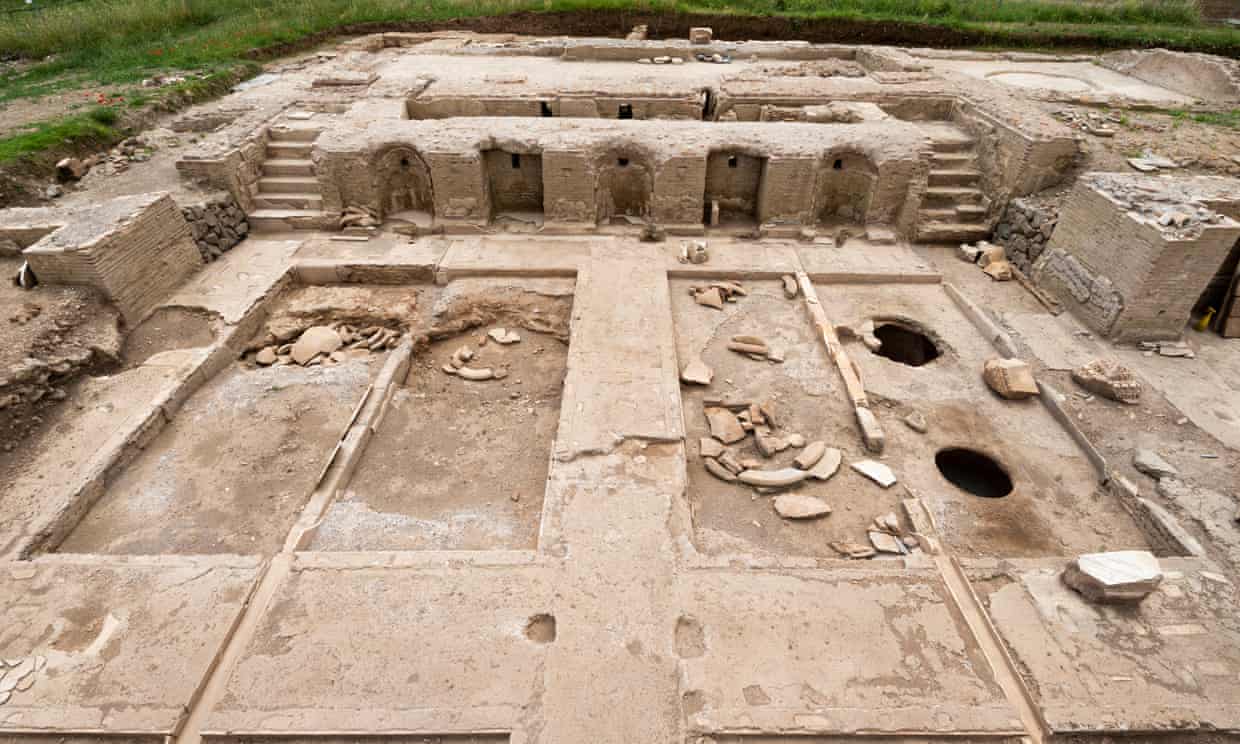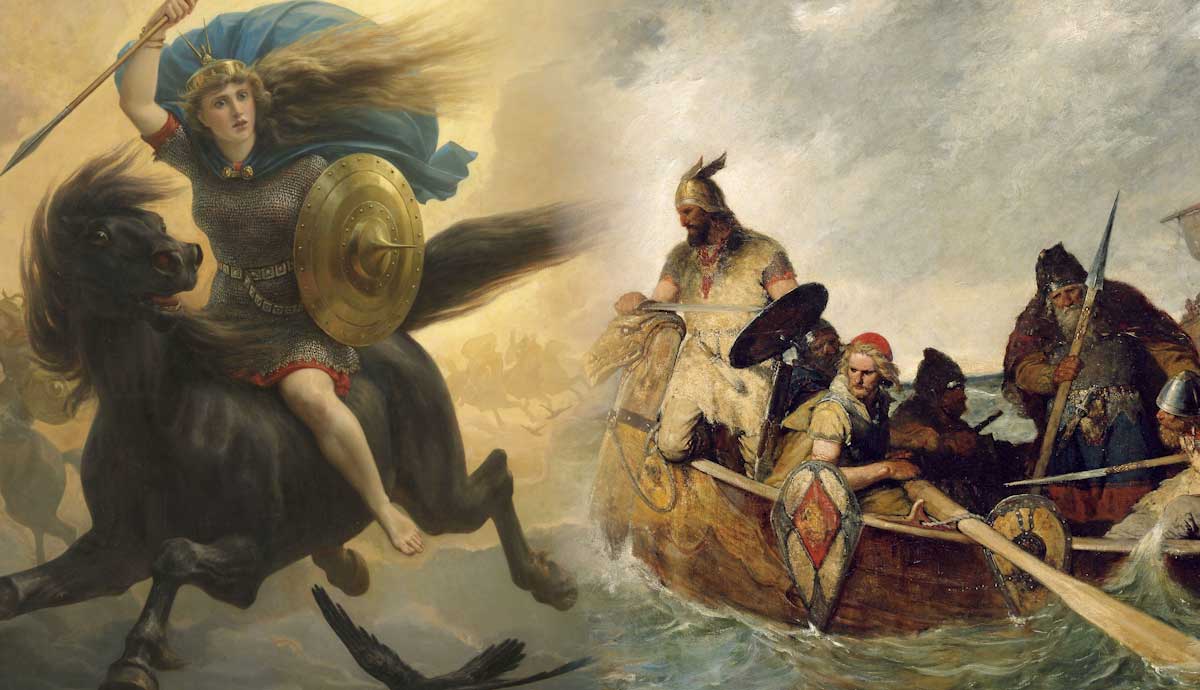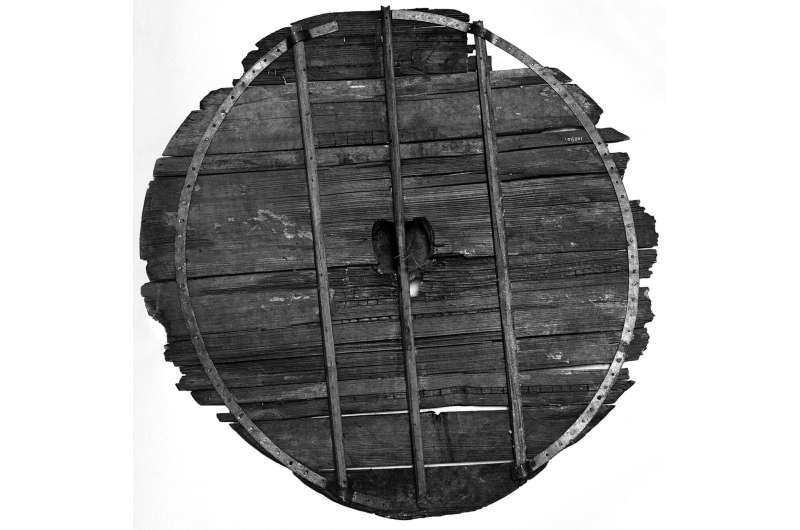A microscopic analysis has revealed that Norse colonists imported timber from Northern Europe and North America to Greenland.
Greenland, or Grœnland in Old Norse, was settled by Norwegian and Icelandic explorers in AD 985 or 986. The settlers established two colonies on the southwest coast: The Eastern Settlement or Eystribyggð, in what is now Qaqortoq, and the Western Settlement or Vestribygð, close to present-day Nuuk.
In a study published in the journal Antiquity, archaeologists from the University of Iceland have conducted a wood taxa analysis on pieces of timber found in 11th to 14th century AD Norse farmsteads.
The purpose of the study is to differentiate between native wood, imported wood, and driftwood, revealing that 0.27% of the wood was unambiguous imports, including oak, beech, hemlock and Jack pine. Another 25% of the total wood was either imported or driftwood, including larch, spruce, Scots pine and fir
Read the rest of this article...



















